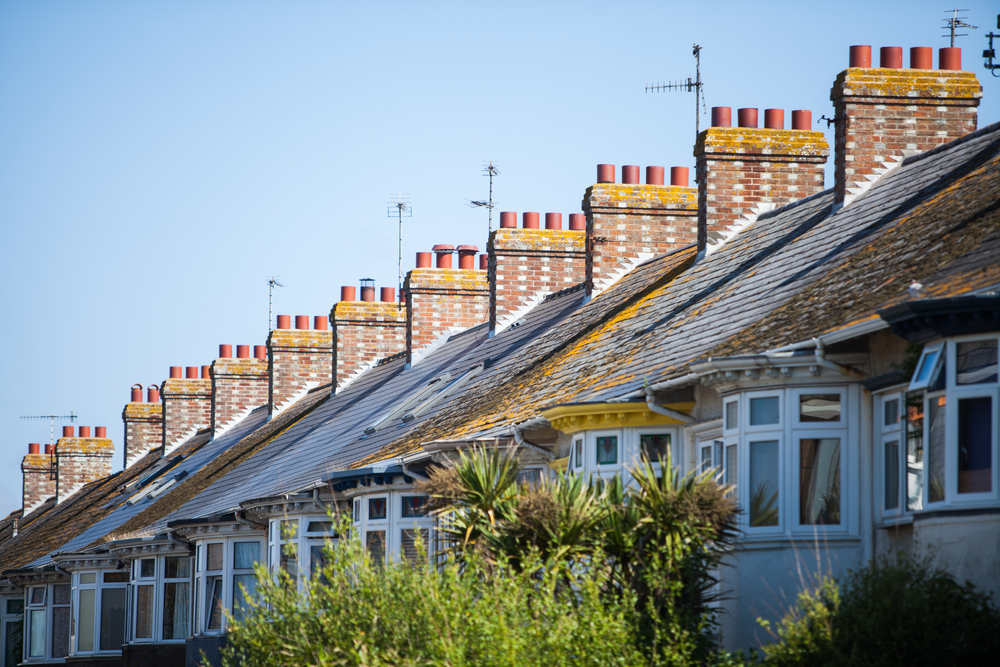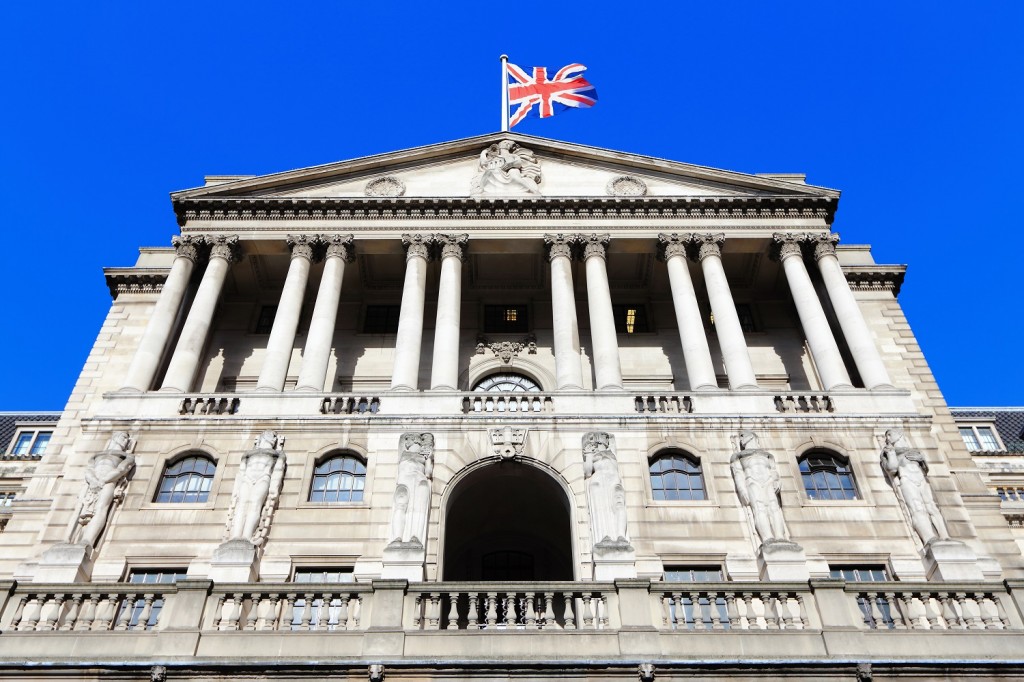
While there are good policies out the there, for example the First Homes scheme once it reaches scale, we still lack that long-term, joined up approach to housing policy right across government.
Most of the market data we have for 2021 and into 2022 clearly signals that a global pandemic has if anything sharpened the publics’ appetite to own and control their own space. Green spaces and home offices have risen in popularity and this trend looks as though it will stick, given the number of businesses adopting hybrid working practices for those of their staff who can be location independent.
We have also just seen a slew of larger and mid-size building societies publish their 2021 results and there are some common threads in the mortgage space: A strong and for some, record year in new mortgage lending; a real focus on provision for first time buyers – often through higher loan to value products, coupled with an increase in longer term lending – around 44% of first time buyer mortgages had a 30 year plus term; a rise in the provision of green mortgages and an increase in both consumer and broker facing digital innovation. All positive stuff.
On the other hand, low supply and high demand continues to generate double digit house price growth which is clearly unsustainable. Nationwide reported a 12.6% growth in house prices for February 2022 with the average house price topping £260,000 and consumers borrowing 6.7 times their earnings. Unless this economics 101 position changes, with a much higher volume of new build and resale homes coming to market, it is likely that this dynamic, coupled with the cost of living increases already expected, will see a more subdued and challenging housing market in 2022.
The energy efficiency market may be a bright spot, with an increase in the number of green mortgage products coming to market – offering either a lower rate for a property that is already energy efficient or additional lending to support consumers looking to improve their home. Innovation in this space is likely to increase as the focus on net-zero rises, whether in relation to risk-reduction and resolute regulators; government ‘encouragement’ or consumer demand.
This last is the missing piece so far. Lenders will need to both inform and encourage consumers but then experience some real market pull if this market is to gain momentum. The retrofit market should be attractive, after all it is estimated that 19 million homes will need work to make them energy efficient, but it’s also a tall order. Homes are mainly owned by individuals; vary in age, style and building materials and right now there is a significant mismatch between the cost of the work needed to make a home energy efficient and the associated payback period. Research shows that meeting upfront costs is a barrier to 50% of consumers. We urgently need a long term – 2030, 2035, 2050 – joined-up policy framework from Westminster and the devolved nations which gives consumers clarity. Many will hold off doing energy efficiency work on their homes in the expectation that government will offer subsidies to pay for some or all of it. Schemes that come and go may act as a disincentive.
It is probably no co-incidence that other things on my mind right now also link lenders, the market and the government. Progress is being made on cladding, with some positive conversations between the lending community and the new Secretary of State. Valuers and lenders are taking a proportionate approach to using the EWS1 and 92% of flat sales required no such assessment. We have always been of the view that leaseholders shouldn’t pay and await answers to questions around buy to let; properties under 11 m and of course the development of the polluter pays approach.
There is always a lot happening in housing/mortgages, however right now the sheer interconnectedness of it all is top of mind.
Paul Broadhead is head of mortgages and housing policy at the Building Societies Association



